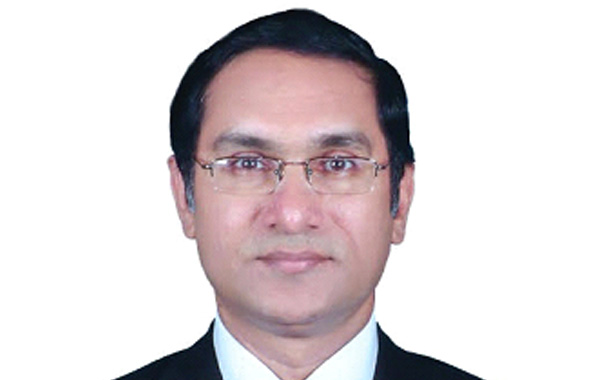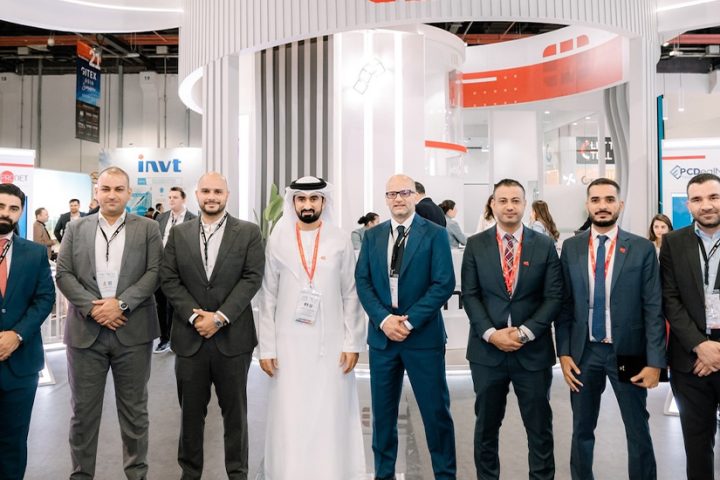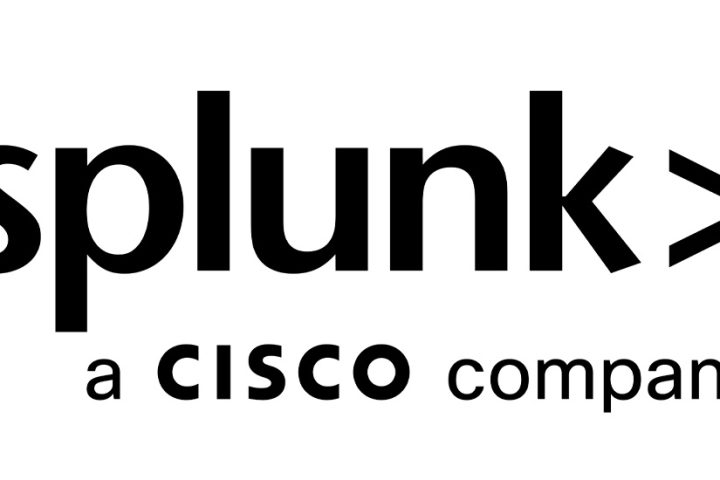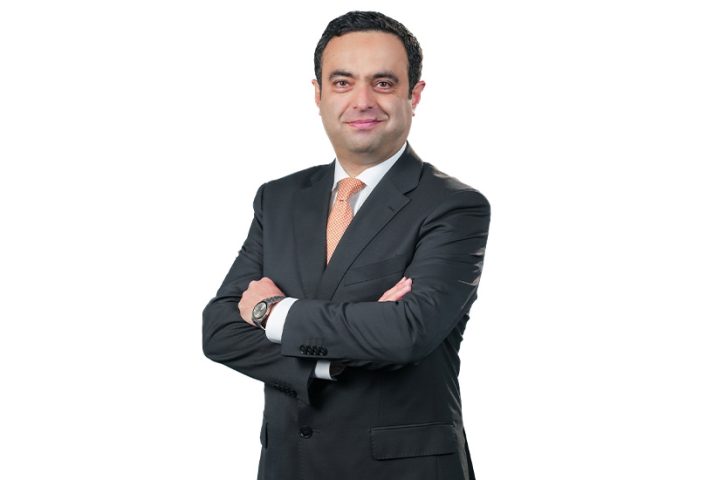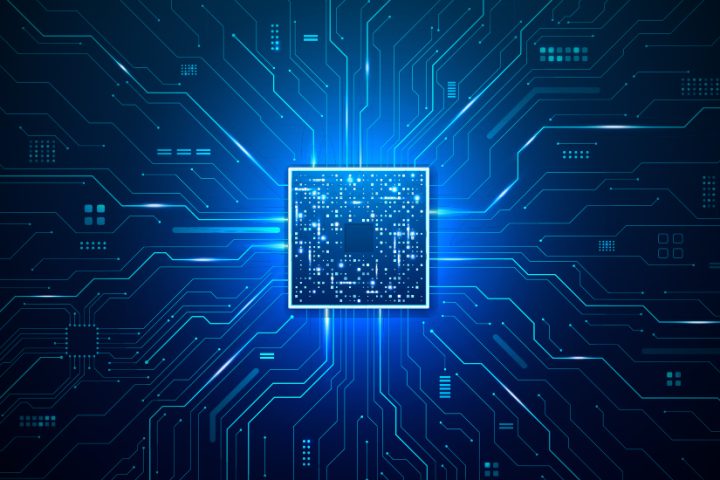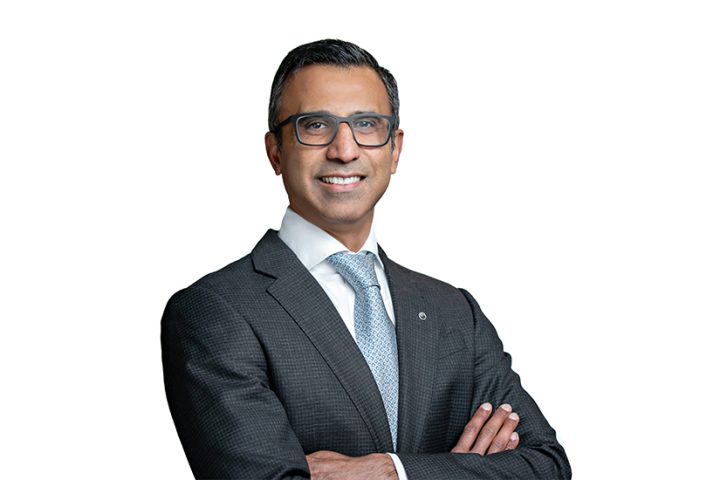Q1. How AR and VR will change enterprise mobility?
It is important to set the context for our discussion. For a long time, work was restricted to offices, factories, and farms. People used to go to these workplaces for a fixed number of hours every day. Ideally, these workers stayed near their workplaces. But with business expansion, global marketplace, recruitment of top talent across the world and businesses becoming competitive in terms of being customer-centric, the whole equation had to undergo a sea change. The advent of the internet, smartphone revolution and wireless proliferation through cellular networks, the traditional business model of workplace metamorphosed into Enterprise Mobility. Enterprise Mobility is used to define the approach to work in which employees can do their jobs from anywhere using a variety of personal devices and applications. In the span of few years, computing platforms on these devices became extremely powerful. Mobile devices are now several times more powerful than the once ubiquitous desktop and even started replacing them. This paved the way for AR and VR. In the context of Enterprise Mobility, VR or Virtual Reality provides a simulation of the real world to a geographically dispersed audience so that they enrich their knowledge in various domains and soak in the experience without being there. Likewise, AR or Augmented Reality provides real-time layered data on every aspect of our interaction with various entities – from buildings to businesses, products and individuals – all in the simulated (VR) environment of a mobile device. VR & AR allows for multiple sensory modalities such as visual, auditory, olfactor, haptic etc., This means these systems can process inputs from the user via his personal mobile devices. Once plugged into mobile networks via 3G/4G/5G, WIFI or LIFI, this information may be transmitted to a central location for simulations and context-sensitive predictions in real time. In a fast moving and rapidly changing the world, this gives much needed insight to businesses, professionals, and lawmakers as they go about improving the facets of interaction in business and general way of life.
Q2. Looking at the mobile maturity, how can its proper strategy turn to one of the key pillars of digital transformation?
Again, there is a need to set the context for our ongoing discussion. The bedrock of digital transformation is digitization and digitalization. The former is the conversion of analog data into digital form, while the latter is about the process of technology-induced change. Like I said before, proper use of mobile maturity can improve the collection of point in time analog information from various entities and process it in real time using state-of-the-art technological advances like IoT, Blockchain, Artificial Intelligence, Machine Learning etc., Strategy articulation is key to ensuring that these disparate technologies are integrated into a cohesive suite to leverage mobile maturity that will, in turn, ensure complete digital transformation. This is more so because although the whole world is connected today, neither mobile maturity nor the level of proliferation is the same. An effective strategy needs to balance the old with the new to prepare for the future.
Q3. What are the biggest enhancements in enterprise mobility you foresee taking place in 2018 and why?
With Enterprise Mobility comes a whole range of issues that need to be addressed. Security tops the list of concerns. I guess we will see enhancements in User Identity Management via 2 Factor or Multi-Factor Authentication, Single Sign-On in view of the many applications used today, Mobile Data Management, Mobile Application Management etc., On the other hand, we are also seeing rapid strides being made in IOT, Artificial Intelligence, Machine Learning and Crypto Currencies over Block Chain Networks. This means access to information in real time, ability to process them with a verifiable and yet distributed oversight. We will also see a strengthening of the cloud and creation of Distributed Data Parks with backhaul to the information superhighway. In all of this, we will see the event horizon unravel on A2P (Application to Person). Going by the present trend of technological advancements that are being made in a fast moving and highly connected world, these enhancements are inevitable.
Q4. How should emerging technologies – AI, IoT, machine learning, etc. – be utilized in enterprise mobility?
AI or Artificial Intelligence is the ability of machines to use cognition – in other words – process information – as a human being would. It is made possible by a process called Machine Learning. In the context of Enterprise Mobility, AI and machine learning can have a wide range of applications. Specifically, have you seen how your smartphone comes up with frequently called numbers, adaptive dictionary/spell check based on your use of words or options based on your search? These are the results of cognitive processing. Neural semantics are built into these systems to subjectively process information rather than follow a fixed path algorithm. Smart Phones will even be smarter in future. It can tell you if the person you wish to call is available to take the call or prefers alternative methods of communication. Smart Phones can be trained to recognize users and predict user behaviour via a wide range of multi-sensory modalities. These are supposed to be opt-in for now, but just as we lamely accept to put our personal details on government ID’s or credit cards, the day is not far when feelings and emotions will be in the public domain. Whether or not this is ethical is a matter that is open to debate. There is an initiative underway in Dubai to identify patients via facial recognition and IRIS Scans. AI will calculate their height, weight, and BMI. Results will then be sent to the Health Authority. If the trials are successful, medical centers will soon adopt this technology. It will do away with paper, decrease wait times and process medical records instantly.
IOT or Internet of Things, on the other hand, is a unified network – because of embedded electronics – in stuff that we use every day. From refrigerators and microwave ovens to light bulbs and air conditioning, personal vehicles and public transportation systems – this leads to digital convergence in that these devices that were unconnected earlier can now communicate with one another. The result will be a fully connected individual, smart office, smart factory, smart business, smart city and smart country. How much of this will be deployed is a matter of policy, the proliferation of technology and mobile maturity. Connected Home, Smart City, M2M, Connected Car, Connected Drone, Health and Wellness, Enterprise IoT, Consumer IoT, IoT Platform, IOT Component, Industrial IoT are some of the hottest topics in the IT industry today.
On a practical side, we will see AI being deployed to determine best routes and methods to establish communication with another, while a simple to do list on phone can work out your schedule for the day. This is more in line with personal preference and may not cause infringements – if security is not compromised. Omni-channel gateways with A2P capability will ensure interoperability as a result Human – Machine convergence.
Q.5 How do you outline the future of Enterprise Mobility Management (EMM)?
At TalariaX, we aim to be the central information delivery infrastructure that communicates messages from devices, applications, and users to people that are mobile. Today, we do that by leveraging all possible alternatives available ie., SMS, email and social network messaging. A2P is fast becoming the norm. We are in that space as well. AI, Machine Learning, and Quantum Computing will lead to complete digital transformation driving on the back of Blockchain and wireless networks creating watertight transaction integrity. All the above will converge onto a user’s mobile devices (BYOD) such as phone to start with or some sort of wearable device (maybe accessories or even clothes) in the foreseeable future. EMM will evolve into a multi-disciplinary approach that will manage security, compliance, access, data transfer, oversight, and audit – in a disparate landscape of devices and applications – built on a heterogeneous mix of platforms.

